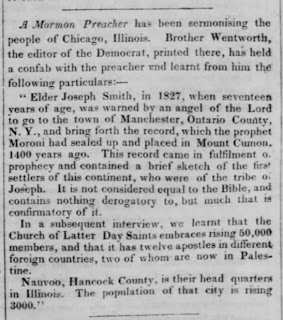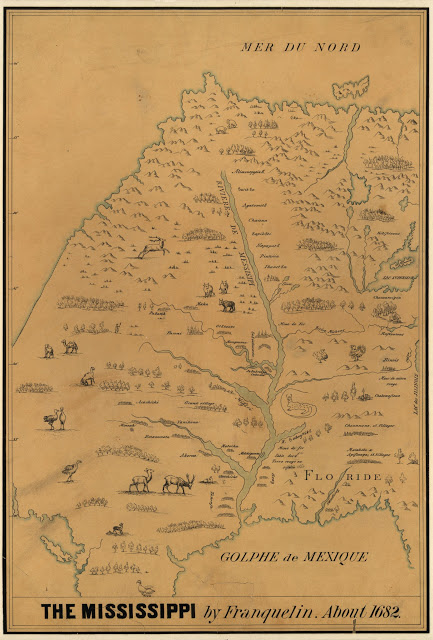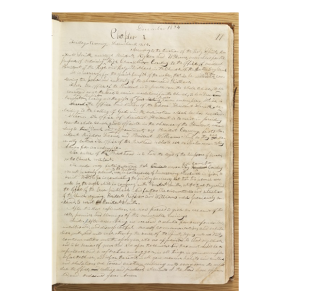Short conference report
I don’t have time to discuss each speaker, but I do want to mention the ongoing development of art depicting the Book of Mormon in the North American setting. This can do more to educate LDS and non-LDS than any number of articles and books because our society is so visually oriented. I hope people will resist the ongoing effort to imprint Mesomania on the minds of the people.
In a separate post, I’m going to discuss a few observations about Mesomania in response to my presentations.
Source: Book of Mormon Wars






